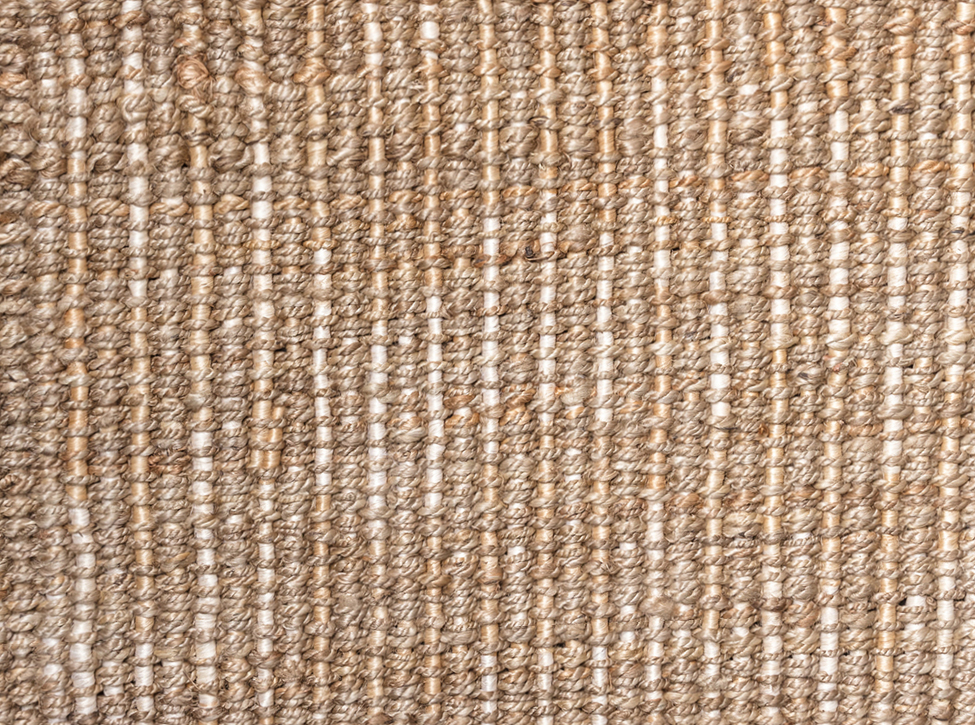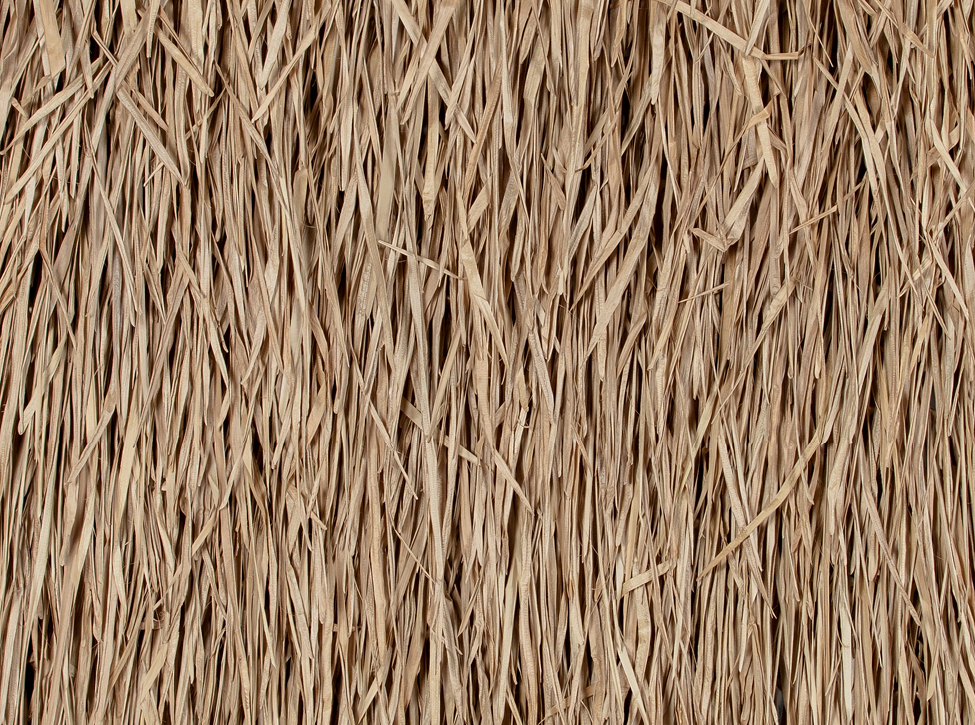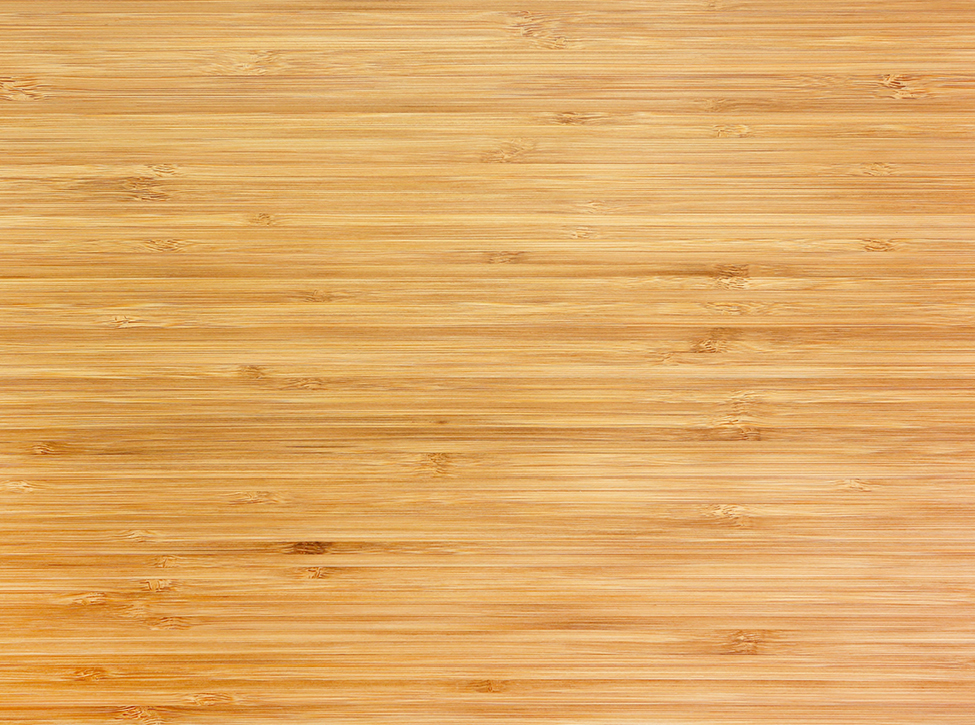Our range of timber finishes offers protection from day-to-day use. Changes or fluctuations in temperature and humidity may cause the timber to expand and contract, resulting in cracks. Exposure to sunlight will cause the wood to fade.
Seasonal Slow Down: Last chance to place your orders in-stores and online! Read more here.
WOOD
About
Important to Note
Knots, splits, cracks, and colour variations are part of the natural characteristics of timber, making each material piece unique.
How to Care for Wood
- Always use coasters on timber tabletops.
- Our finishes offer protection from day-to-day use.
- Immediately blot spills to avoid moisture penetration.
- Dust regularly and wipe with a slightly damp cotton cloth.
- Do not use any harsh chemicals to clean the timber surface.
Our Wood Products
1. Oak
American white oak is hard-wearing with a natural, organic look and lovely open grain. The colour of the heartwood – the dense inner part of the tree that yields the firmest timber – can vary from a light golden tan to a light-to-medium brown. Most of our Weylandts furniture is made from this timber. It was selected as our signature timber because of its availability, strength and workability, as well as the beautiful character of its grain.
We use two finishes:
- Water-based natural lacquer, a sealant which retains the 'raw sanded' organic look. Lacquer is sprayed onto the surface. It is non-yellowing and offers a level of protection.
- Ebony oil is a dark stain custom-made for Weylandts. It highlights the natural grain of the timber while also protecting and nourishing it. The ebony finish is ragged on by hand. It has a beautiful smell and the finish is smooth and silky.
Important to Note
Changes in temperatures and humidity can cause expansion and contraction of the timber, resulting in cracks.
Additional Care Instructions for Oak
- Use our soft wax as a furniture polish and apply every few weeks.
- For ebony-stained oak: Extend the lifespan of the product using our maintenance oil annually to nourish the finish. This product must not be used on the natural oak finish.
2. Oak Veneer
Oak veneer is a thin layer of wood cut from the oak tree that is then bonded onto a substrate or chip board. At Weylandts we use rustic, mismatch veneer (where random leaves are joined to give the effect of solid timber laminated together) on outward facing components. With its knots, colour variation and organic marks, veneer maintains the natural characteristics of solid timber. For backs and inside-facing components we use back veneer, which is commonly book matched or slip matched. The advantage of veneer is that we are able to maximise the amount of usable timber without sacrificing the look and feel that solid oak offers. Furniture made with veneer uses less timber than the same piece of furniture made with solid timber. This places less stress on the resource.
3. Munggur
Munggur trees grow abundantly in Southeast Asia. Exceptionally fast-growing, their huge trunks are often used to create large wooden carvings or solid furniture using a single piece of timber. Their trunks reveal fascinating life rings that give our munggur tops their natural charm. Other names for munggur wood include suar and monkey pod.
Important to Note
Avoid placing munggur products directly on carpets. The timber’s high moisture content can damage and stain the carpet fibre. Munggur can be used outdoors but the wood will weather and go sun-grey in time. Changes in temperatures and humidity can cause expansion and contraction of the timber, resulting in cracks.
4. Blackwood
Acacia melanoxylon, known as Australian blackwood, is native to eastern Australia and grows prolifically in South Africa. The timber compares favourably with stinkwood and is a very valuable and highly priced furniture wood.
5. Litchi Wood
Most lumber trees are only suitable for the wood they provide, but there are some exceptions. At the end of its fruiting cycle, the litchi tree focuses its nutrient on developing hardwood. Thereafter, it's cut down and used as timber. This dual approach to productivity, together with the fact that no natural or endangered forests are cut down, makes litchi wood so sustainable. The timber has a brownish-red tone. It also has a wonderful zigzag grain, referred to as the tiger skin design. The wood is extremely dense, durable and hard. It's also rot resistant and has wonderful anti-termite properties. This makes it great for outdoor tables.
6. Mango Wood
Most lumber trees are only suitable for the wood they provide, but there are some exceptions. At the end of its fruiting cycle, the mango tree focuses its nutrient on developing hardwood. Thereafter, it's cut down to be used as timber. This dual approach to productivity, together with the fact that no natural or endangered forests are cut down, makes mango wood so sustainable. The hardwood consists of a dense, uniquely fine grain. Its origins in tropical, humid climates makes mango wood less susceptible to humidity and moisture. As a result, it's less likely to warp over time.
7. Petrified Wood
Petrified wood is the result of a tree having turned completely into stone by the process of permineralization. The organic materials have been replaced with minerals while retaining the original structure of the wood. Essentially, it's a stone fossil.
Petrified wood is typically buried 2-3 metres underground. To source it, a long iron rod is stuck into the soil – when struck, petrified wood makes a different sound to that of normal wood. During the petrification process, elements such as manganese, iron and copper in the water or mud give the wood a variety of colour ranges.
Important to Note
Small fissures or hairline cracks can sometimes be visible in natural wood – this is a naturally occurring characteristic. It will not compromise the stability of the product. By its nature, each piece is one-of-a-kind. There will be considerable variation in colour, size and weight.
8. Teak Wood
Teak is not indigenous to Indonesia, it was brought there from Burma by Buddhist monks in the 16th century. The Dutch then expanded the plantations in an effort to service their ships plying the Dutch East Indies spice routes. At Weylandts, we have a wide selection of teak products that feature plantation teak, reclaimed teak and even salvaged root material left underground from previous harvests. Its abundance of natural oils and dense grain make it far superior to any other timber.
Teak is incredibly durable and impervious to sun, rain, frost and snow. It's also rot resistant, which makes it popular for use in aquatic environments like ships, docks and bridges.
Important to Note
Continued exposure to sun and rain will turn the timber a beautiful silver-grey patina. This weathering process will happen quite quickly once the product is placed outside. However, within a couple of months the timber should settle and stabilise.
Additional Care Instructions for Teak
- Avoid placing teak tables on carpets. The natural oils can cause damage and stains to the carpet fibre.
9. Walnut
Revered for its typically deep chocolate colour (often highlighted by red or purple streaks), straight grains, fine texture and warm lustre, walnut is a popular choice for carpentry. Coveted by furniture craftsmen for decades, its cooperative structure and moderate density give it excellent working properties. Over the years, natural walnut wood develops a lustrous patina.
10. Balau
Balau has an abundance of natural oils, making it durable and suited to outdoor conditions.
Additional Care Instructions for Balau
- Balau should be treated with a solution of 10 parts linseed oil mixed with one part turpentine. Application frequency will depend on how much exposure to sunlight, sea air, swimming pool chemicals and weather elements the furniture gets.
- Left unoiled, continued exposure to sun and rain will turn the timber a beautiful, silver-grey patina.
11. Yellow Poplar
The yellow poplar is not a true poplar (of the Populus genus) but a member of the Liriodendron genus (lily). Its flowers have a similar hourglass shape to that of tulips – earning it the name 'tulip poplar'. The wood is characterised by a light, muted cream colour and mineral-stained streaks that truly span the rainbow: red, orange, yellow, green, indigo, purple and black hues. The wood is soft and pliable and has straight, uniform grains and a medium texture. Although it's long been used to make furniture, it's also wielded in the carving of intricate items like toys and musical instruments.


